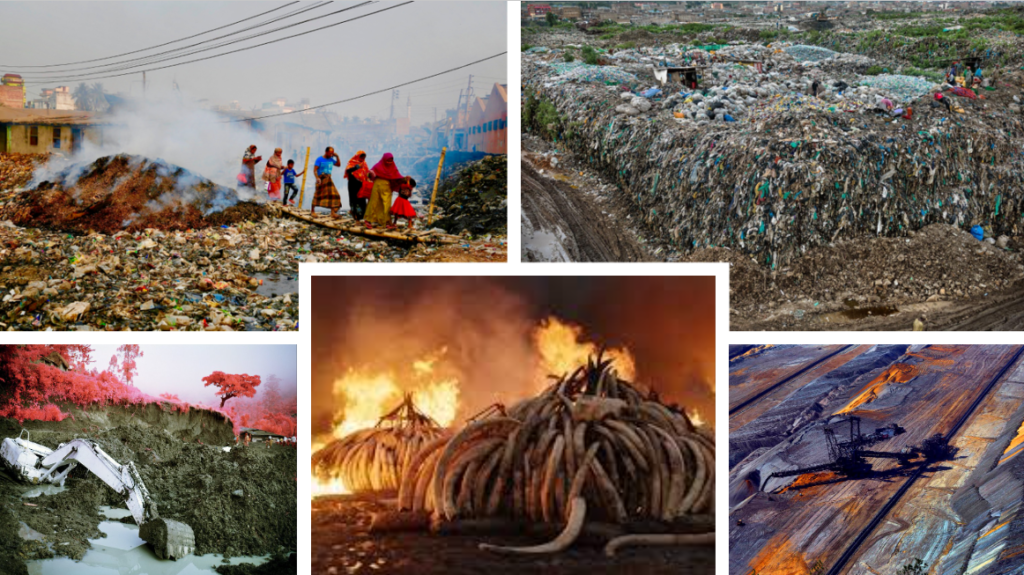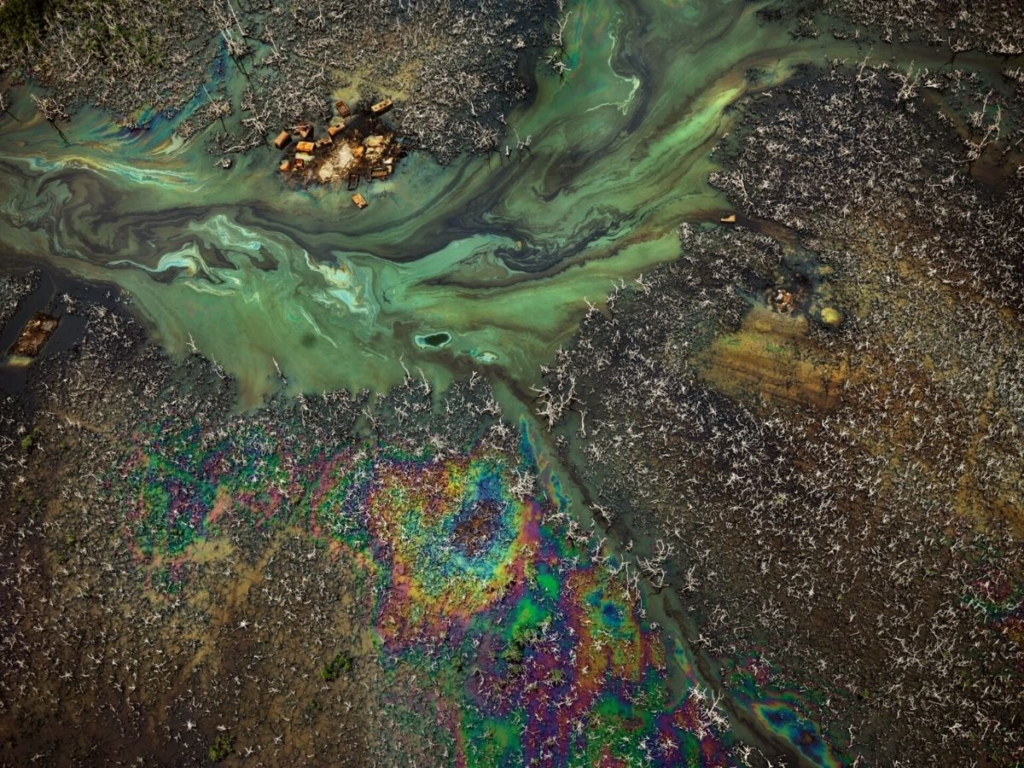
What is Anthropocene?
Anthropocene simply describes the time where humans had a substantial impact on the earth. The effects of human activities on Earth can be seen for example in biodiversity loss and climate change. Many people would link this with the effects of climate change as the warming of our atmosphere, air and oceans caused by using fossil fuels which are created by humans. However, it is not just this. It also focusses on the effects on the Earth’s geology, landscape, climate, limnology and ecosystems. Carbon dioxide emissions, global warming, ocean acidification, habitat destruction, extinction and widescale natural resource extraction are all signs that we have significantly modified our planet.
An early concept for the Anthropocene was the Noosphere by Vladimir Vernadsky, who in 1938 wrote of “scientific thought as a geological force”
Many people believe Anthropocene came about at different times of the human life. many people think that it began at the start of Britain’s Industrial Revolution in the eighteenth century which then started the world’s first fossil fuel economy. However, other people believe it came out far earlier, when humans began to farm. Even more people suggest it dawned in 1950 when nuclear weapons projected radioactive elements into the worlds atmosphere, affecting the nature as well.
Plastic could become a key marker of Anthropocene. The earth is filled with plastic and plastic can be used for many things. since plastic is not biodegradable, it means it ends up littering soils and oceans beds. There is already evidence that suggests that plastic pollution has already made its way into fossil record. as well as this, a 2019 study showed that plastic deposits have been rising since the 1940s. Overall, plastic pollution is a vert large factor that contributes to the problems of the earth and scientists are studying to find out if it is a golden spike and a signifier to Anthropocene.

How and why are photographers exploring Anthropocene?
As photography is known for sharing beauties of the planet and where we live, it is a very popular topic that many people enjoy to observe or even be a part of. Due to it being interesting to many, it can also act as a factor that can project awareness onto others by displaying it in a way people would be drawn to and enjoy. Using photography for a subject such as Anthropocene will have a great impact on the way people view the effects of pollution and climate change as photography has a way of zooming in on small detailed factors as well as the larger picture of things. This may urge people to do things different even if its a small amount everyone collectively does as photography will make people notice the brutal impact we have on our planet.

